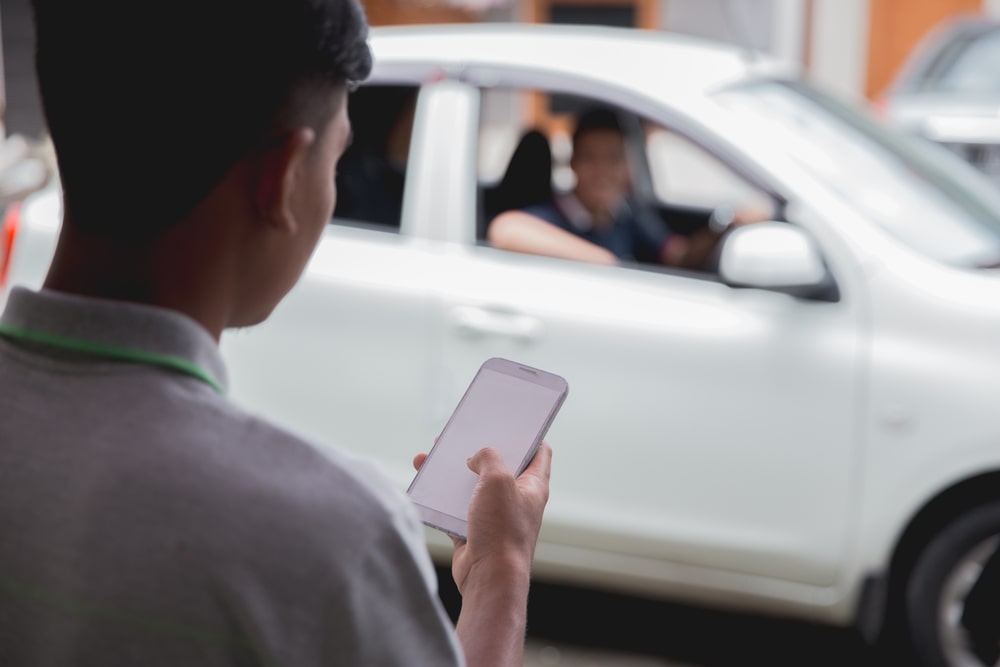When building cases in personal injury law, technology has emerged as a powerful tool for a Lyft accident lawyer as they pursue justice for their clients. When it comes to Lyft accidents, where the dynamics are often complex and multifaceted, the role of technology in the investigative process cannot be overstated. Our friends from the Law Firm of Edward Blinder, PLLC explain how their legal team uses various technological advancements to build a case for their client and arrive at the truth after a Lyft accident.
The Digital Trail From The Ride-Sharing App Data
One of the primary technological tools at the disposal of investigators is the data generated by the ride-sharing apps themselves. Platforms like Lyft maintain a digital log of each fare, capturing crucial details such as the time of the ride, the route taken, and the speed of the vehicle. This data serves as a key piece of evidence when reconstructing the sequence of events leading up to an accident.
Vehicle Telematics Indicate Driving Behavior
Modern vehicles are equipped with advanced telematics systems that record and transmit real-time data about the vehicle's performance and the driver's behavior. In the context of Lyft accidents, this data offers precise, quantifiable information about factors like speed, braking patterns, and even the driver's reaction time. Analyzing telematics data allows investigators to paint a more accurate picture of the circumstances surrounding the accident and determine if reckless driving behavior contributed to the incident.
Surveillance Cameras And Dashcams Are Unbiased Witnesses
The ubiquity of surveillance cameras and dashcams has significantly impacted accident investigations. In the case of Lyft accidents, these devices act as unbiased witnesses, capturing the incident from various angles. Whether it's footage from traffic cameras, nearby businesses, or the Lyft driver's dashcam, visual evidence can be instrumental in establishing fault and determining the extent of injuries sustained.
Using Smartphone Data To Determine Driver Distractions
Smartphones have become an integral part of our daily lives, and unfortunately, distracted driving is a growing concern. In Lyft accidents, examining the smartphone data of the driver can reveal if they were using the app, texting, or engaged in any other distracting activity at the time of the incident. This information is not only crucial for determining liability but also for advocating for stronger safety measures within ride-sharing platforms.
Utilizing Crash Reconstruction Software To Build A Virtual Scene
Advancements in crash reconstruction software empower investigators to recreate the scene of an accident virtually. By inputting data from various sources, including app records, telematics, and eyewitness accounts, these tools generate a three-dimensional visualization of the collision. This aids in understanding the mechanics of the accident, identifying contributing factors, and presenting a comprehensive case in court.
The integration of technology into Lyft accident investigations has transformed the legal landscape, offering a more nuanced and evidence-based approach to establishing liability. From the digital breadcrumbs left by ride-sharing apps to the insights provided by vehicle telematics and the unbiased perspective of surveillance cameras, technology is a formidable ally in the pursuit of justice. Embracing these technological tools is not just a choice but a necessity to investigate the cause of Lyft accidents.


